Product description
Milk testing kit is a paper strip based test kit for detection of multiple adulterants in milk and screening of microbiological quality of milk.
MILKIT Helps in Detecting: Neutralizer, Soap, Detergent, Starch, Hydrogen Peroxide, Urea, Boric Acid, and Microbial Quality.
HOW TO USE MILKIT?
1. TAKE OUT A STRIP.
2. USE CLEAN DROPPER (PROVIDED) & HOLD MILK SAMPLE IN THE DROPPER.
3. POUR ONE DROP OF MILK SAMPLE ON EVERY TEST, WAIT FOR 30 SECONDS.
4. OBSERVE THE COLOUR CHANGE AFTER 30 SECONDS.
Contents of the Box: 5 MILKIT Test Cards (Strips) with colour coding for detection of adulterants present, dropper, and instruction manual.
About MILKIT:
Multiple adulterant test strips (MILKIT) is a cost effective, user friendly, rapid test kit for detection of 7 adulterants in milk viz. boric acid, detergent, hydrogen peroxide, neutralizer, soap, starch & urea. Screening of micro biologically spoiled milk can also be done using this. It is envisaged as an affordable, light weight, convenience, portable device for household use. The principle and working on the detection strips are simple, colour forming reactions due to the formation of complex compounds or exchange of anions/cations between the dyes and the adulterants. The colour change during the tests are easily distinguishable by the user. Microbiological quality test is based on dye reduction. The availability of multiple strips on a single base has reduced the bulk and weight of the test system considerably in comparison with Mark I test kit developed by DFRL. The volume of the milk sample required for testing is also significantly less than that used in previous test kit. The colour development is observed on the strip and not in milk for all the tests. One drop each of milk is sufficient to carry out detection of each adulterant.
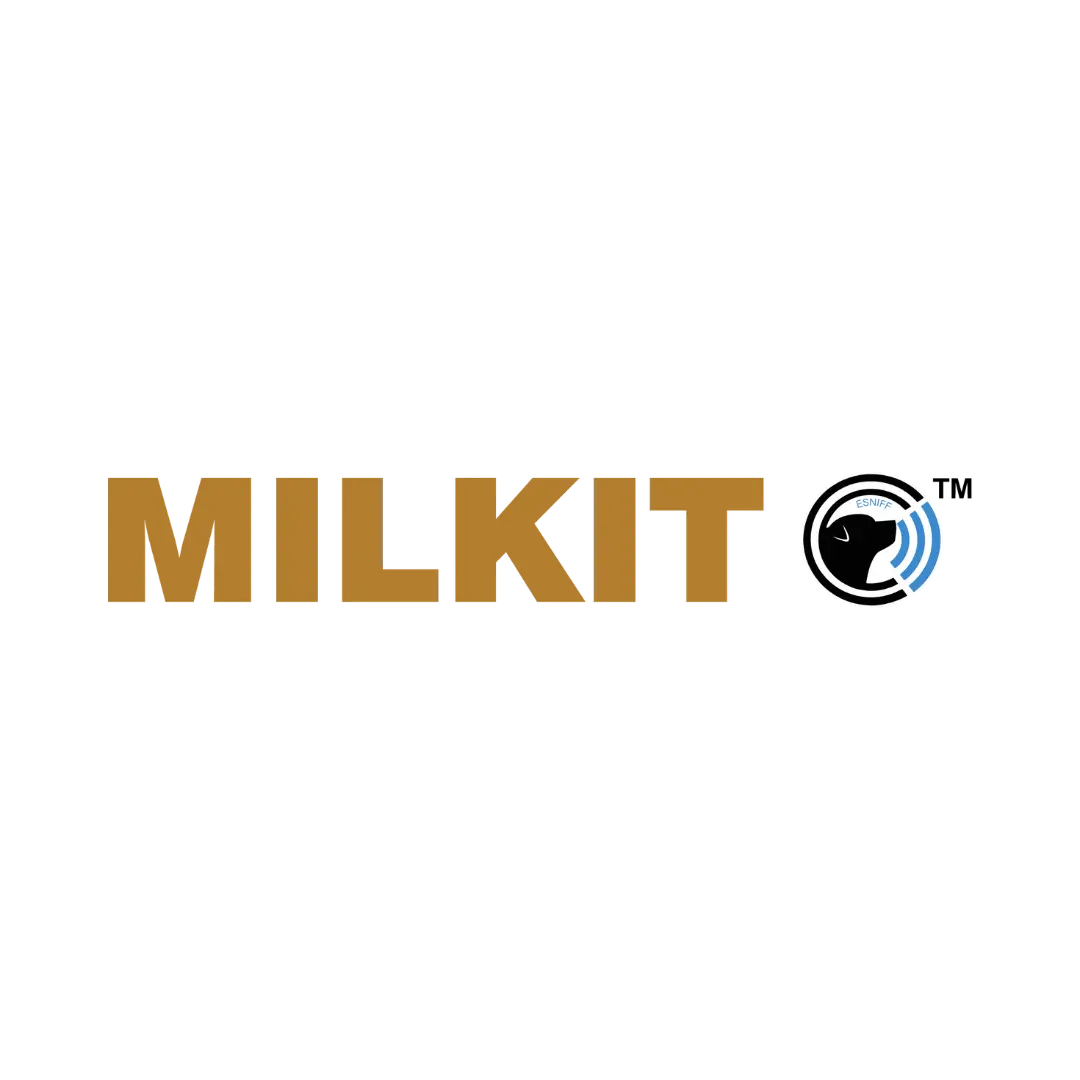
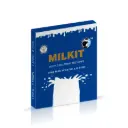
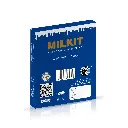
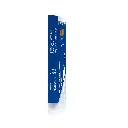
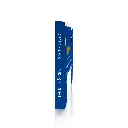
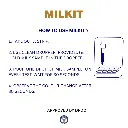%20%26%20HOLD%20MILK%20SAMPLE%20IN%20THE%20DROPPER.%203.%20POUR%20ONE%20DROP%20OF%20MILK%20SAMPLE%20ON%20EVERY%20TEST,%20WAIT%20FOR%2030%20SECONDS.%204.%20OBSERVE%20THE%20COLOUR%20CHANGE%20.webp?unique=f7ffbe6)
%20%26%20HOLD%20MILK%20SAMPLE%20IN%20THE%20DROPPER.%203.%20POUR%20ONE%20DROP%20OF%20MILK%20SAMPLE%20ON%20EVERY%20TEST,%20WAIT%20FOR%2030%20SECONDS.%204.%20OBSERVE%20THE%20COLOUR%20CHANGE%20%20(1).webp?unique=f7ffbe6)
![youtube - [Video]](/web/image/product.image/188/image_128/youtube%20-%20%5BVideo%5D?unique=ac4ce0f)




%20%26%20HOLD%20MILK%20SAMPLE%20IN%20THE%20DROPPER.%203.%20POUR%20ONE%20DROP%20OF%20MILK%20SAMPLE%20ON%20EVERY%20TEST,%20WAIT%20FOR%2030%20SECONDS.%204.%20OBSERVE%20THE%20COLOUR%20CHANGE%20.webp?unique=f7ffbe6)
%20%26%20HOLD%20MILK%20SAMPLE%20IN%20THE%20DROPPER.%203.%20POUR%20ONE%20DROP%20OF%20MILK%20SAMPLE%20ON%20EVERY%20TEST,%20WAIT%20FOR%2030%20SECONDS.%204.%20OBSERVE%20THE%20COLOUR%20CHANGE%20%20(1).webp?unique=f7ffbe6)